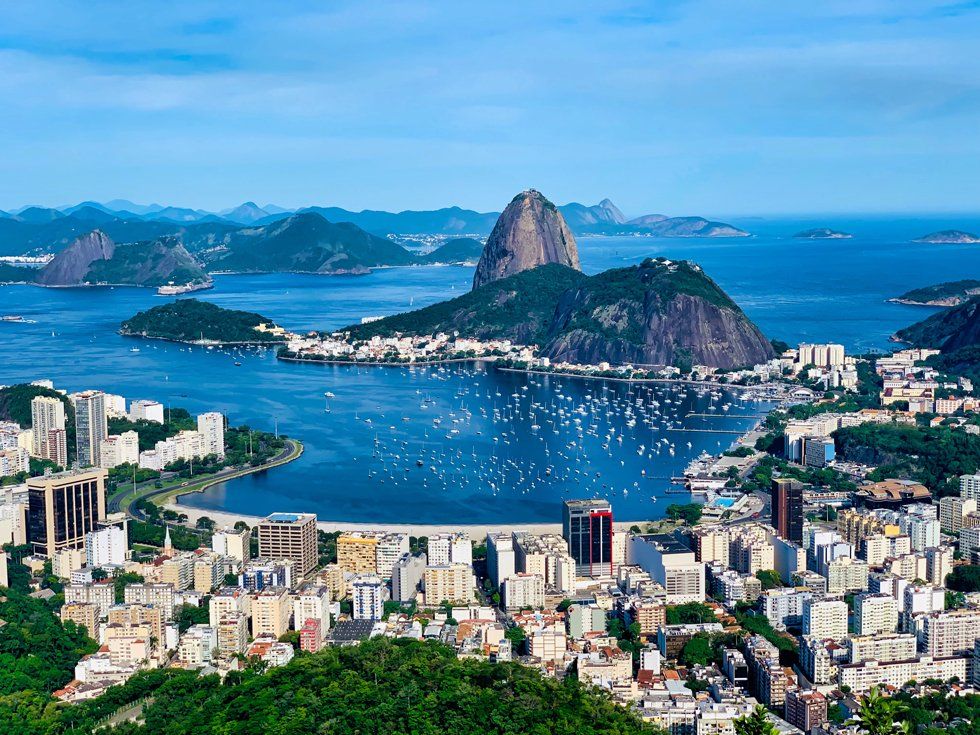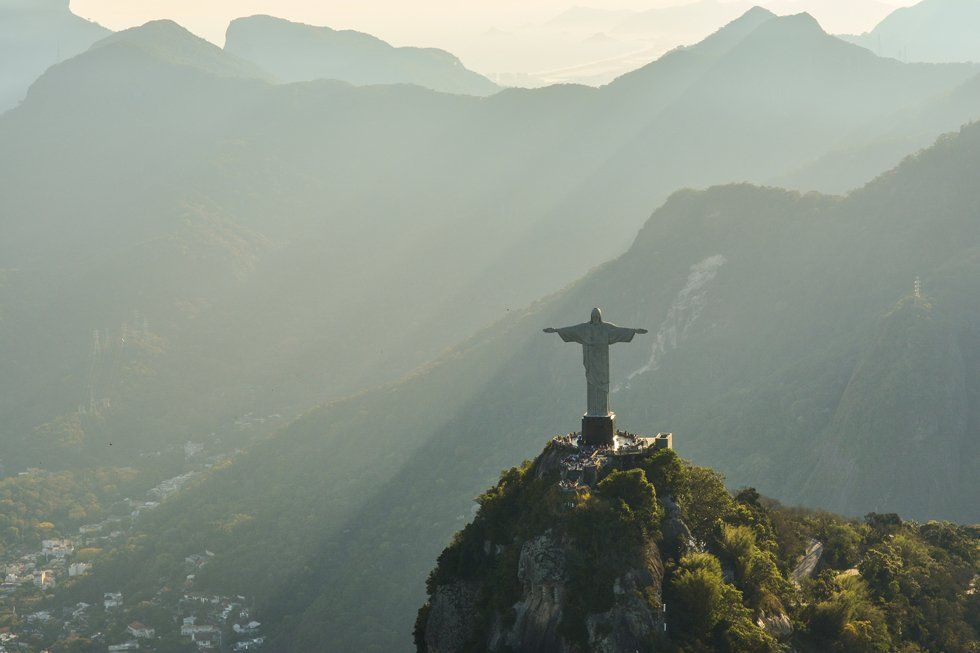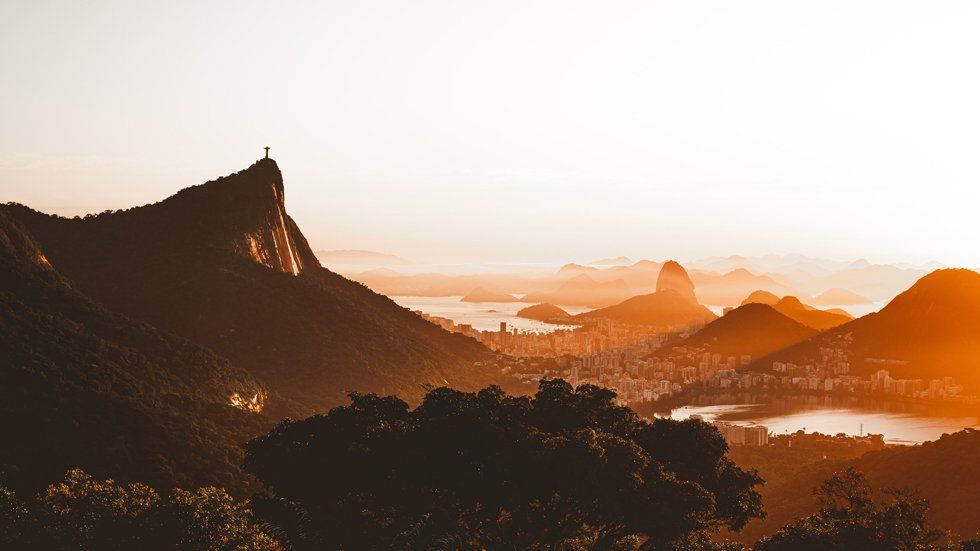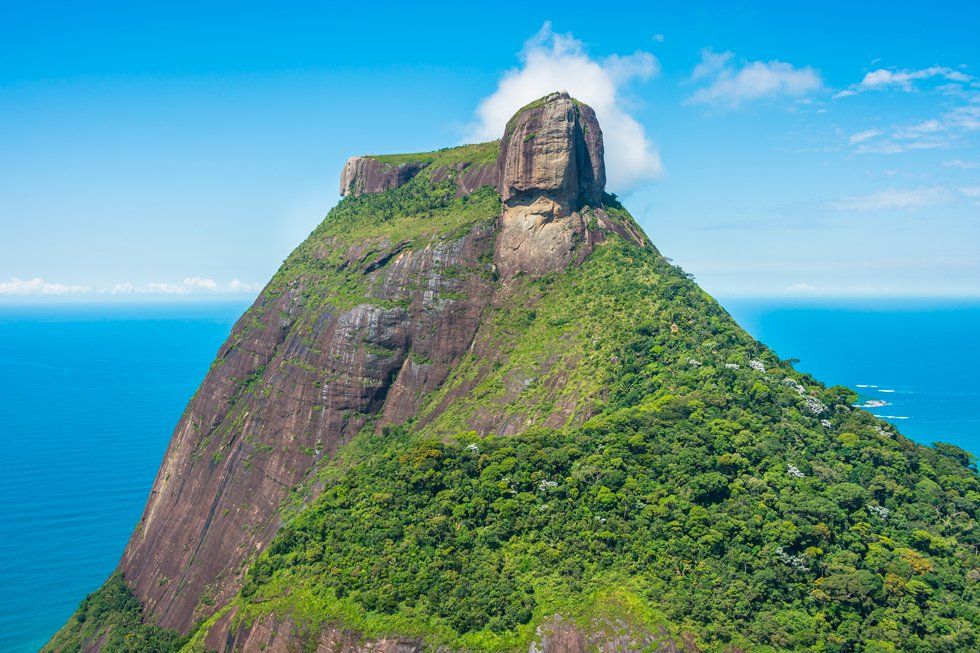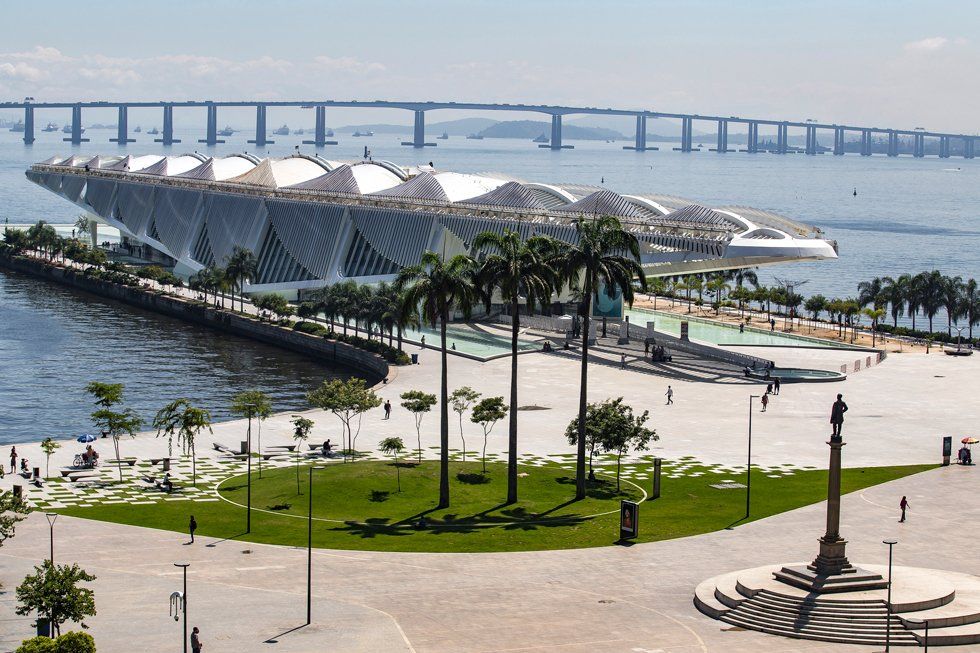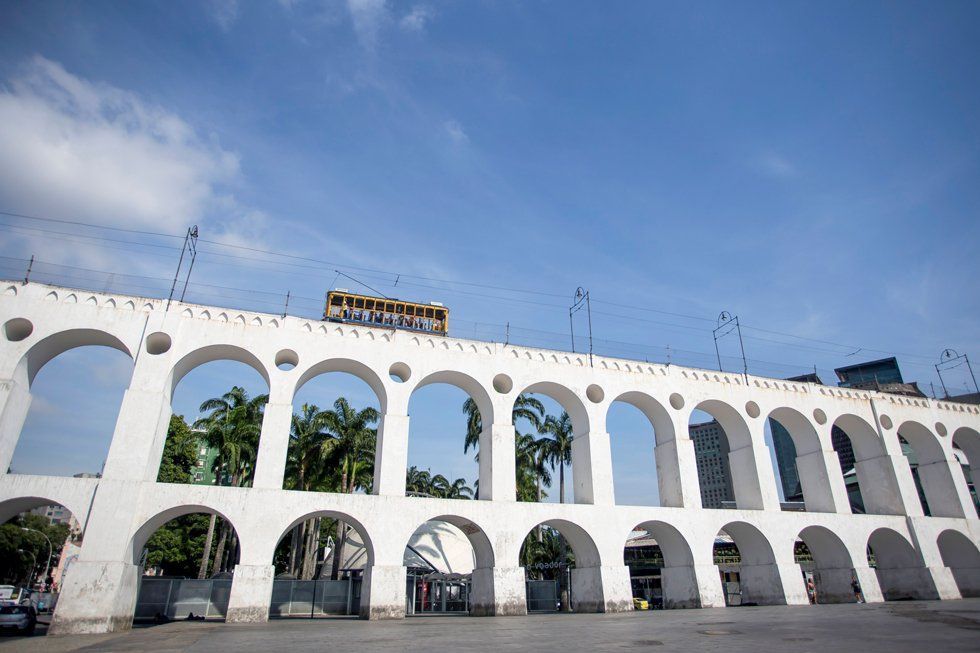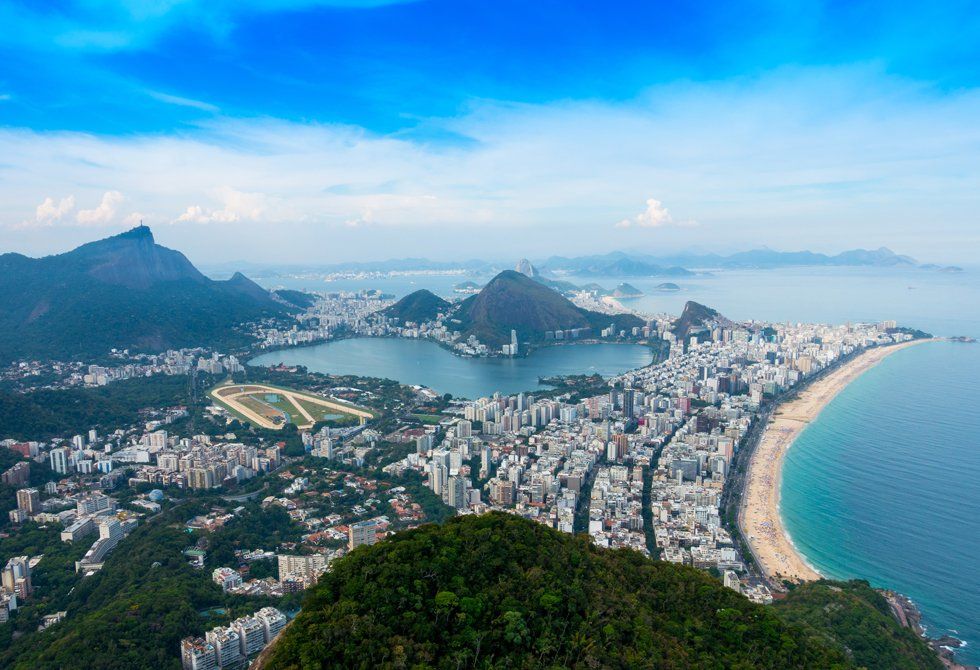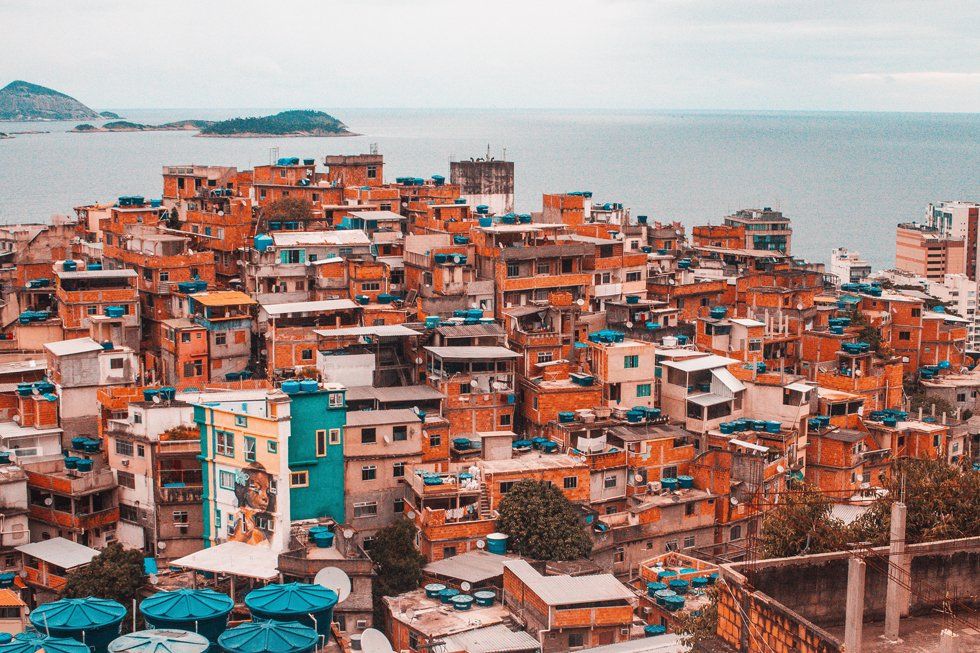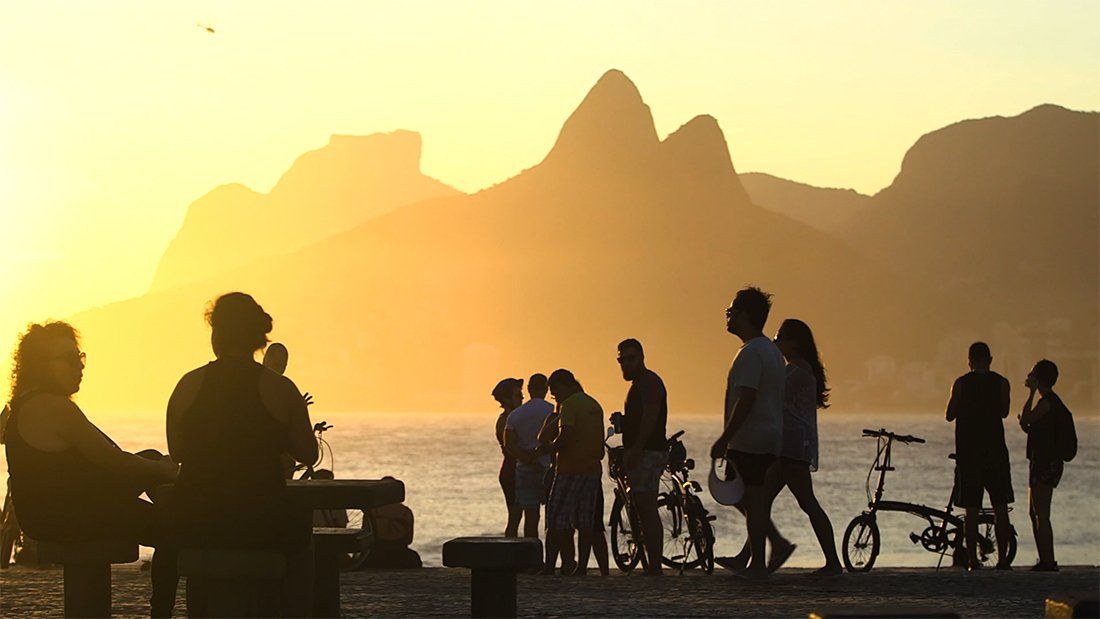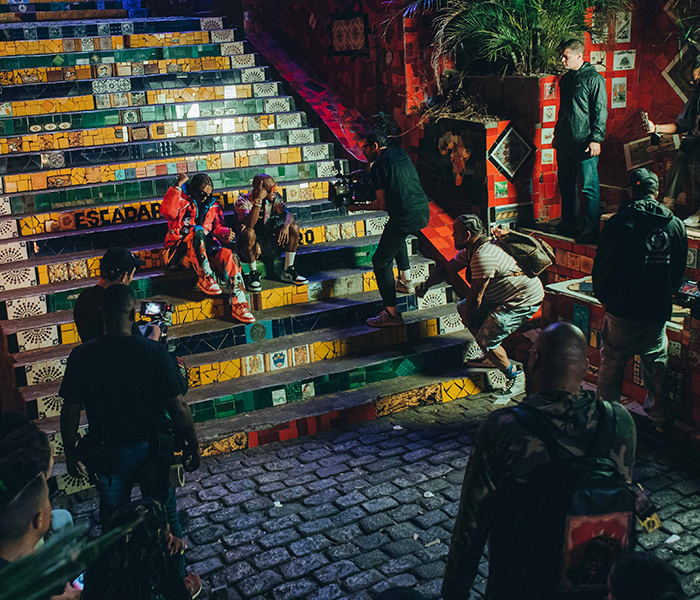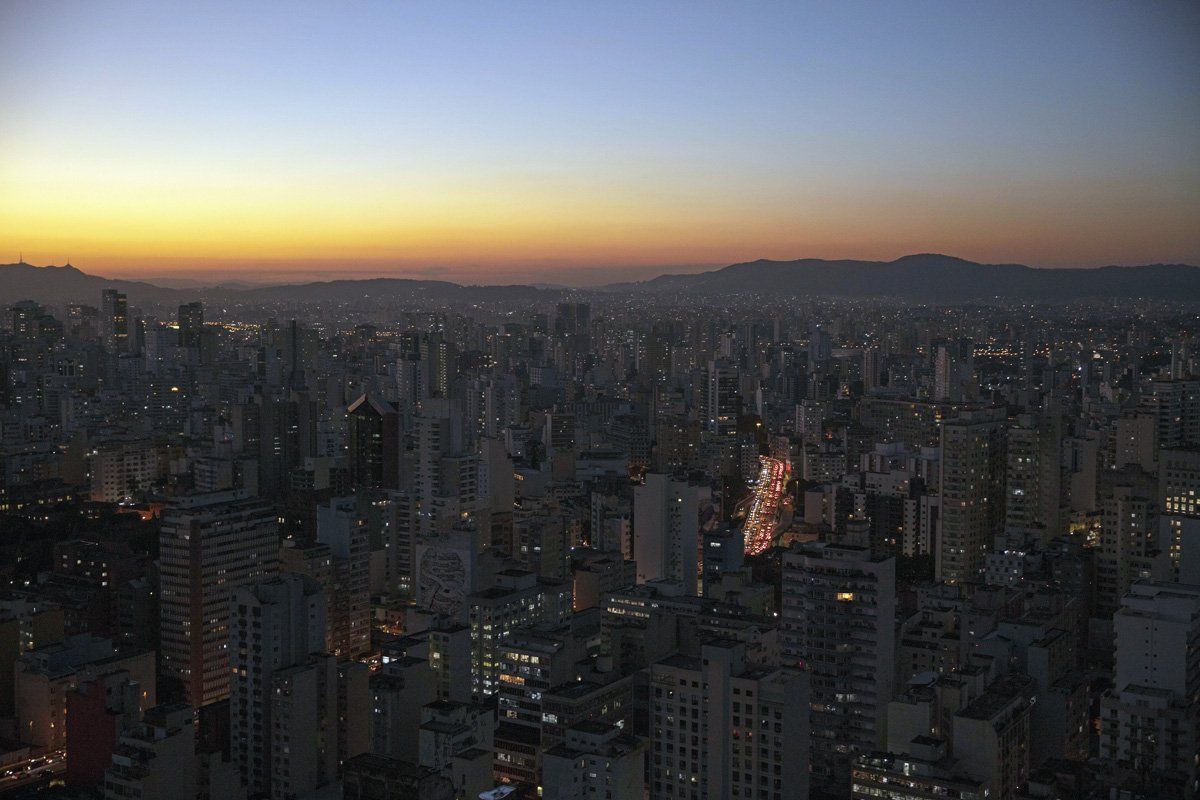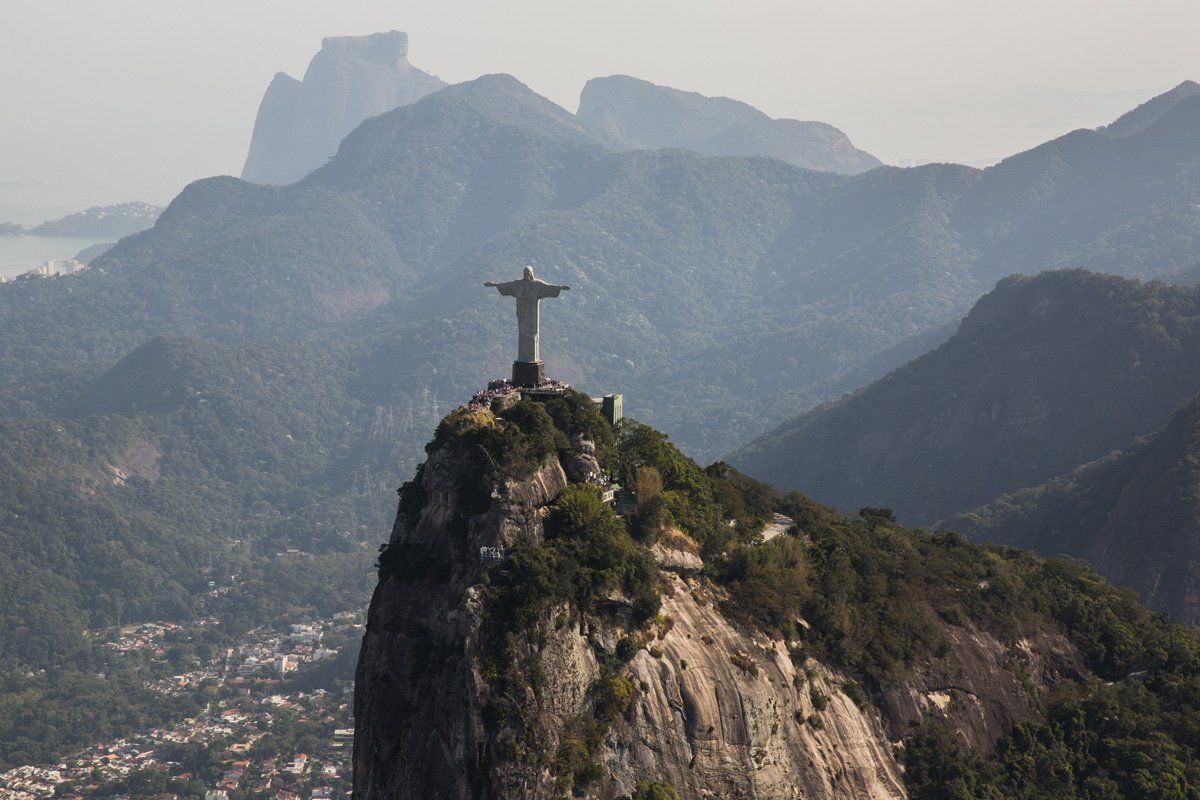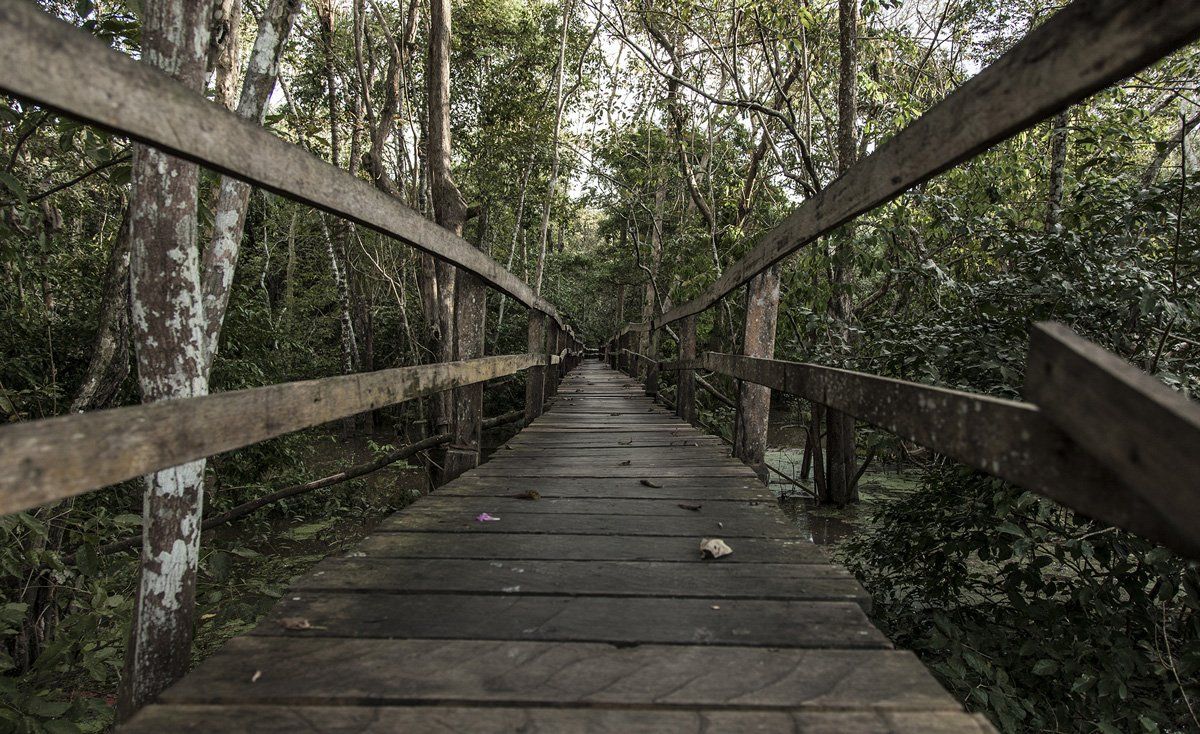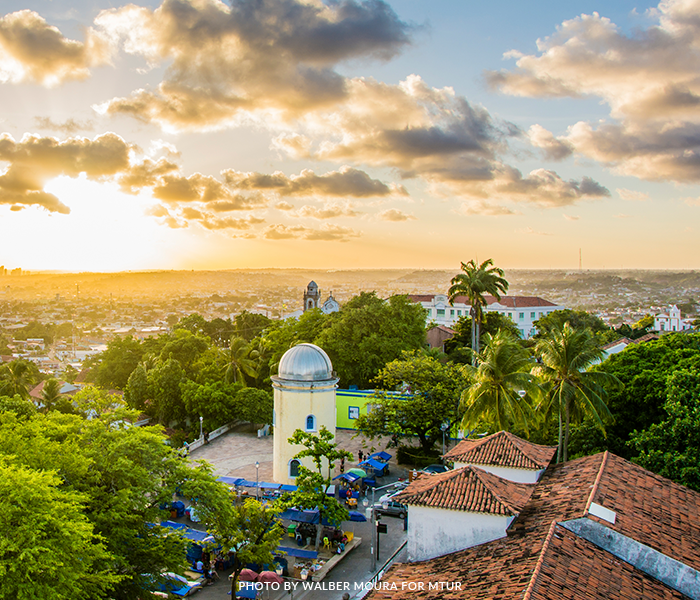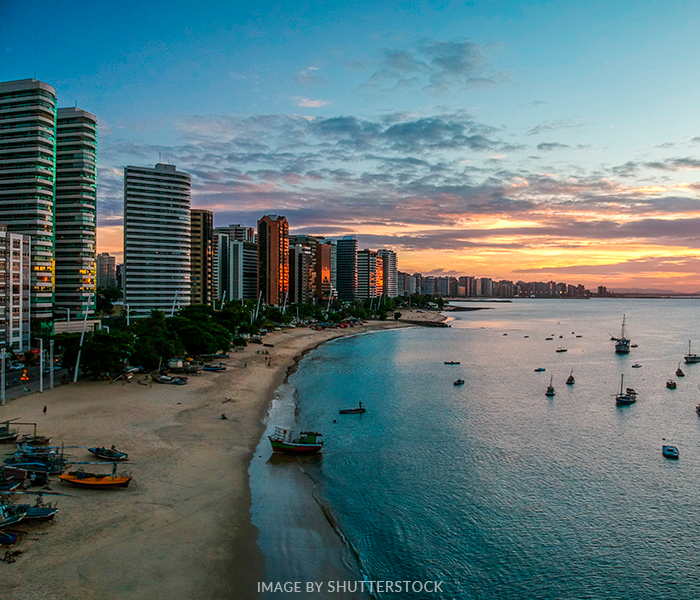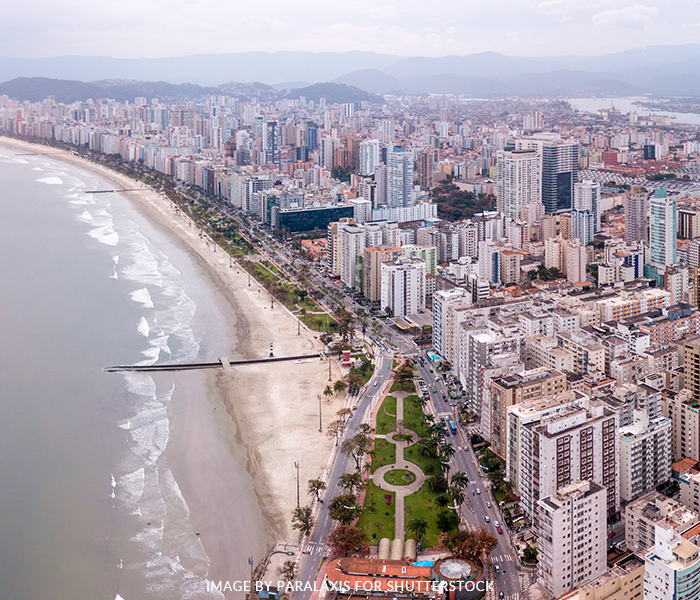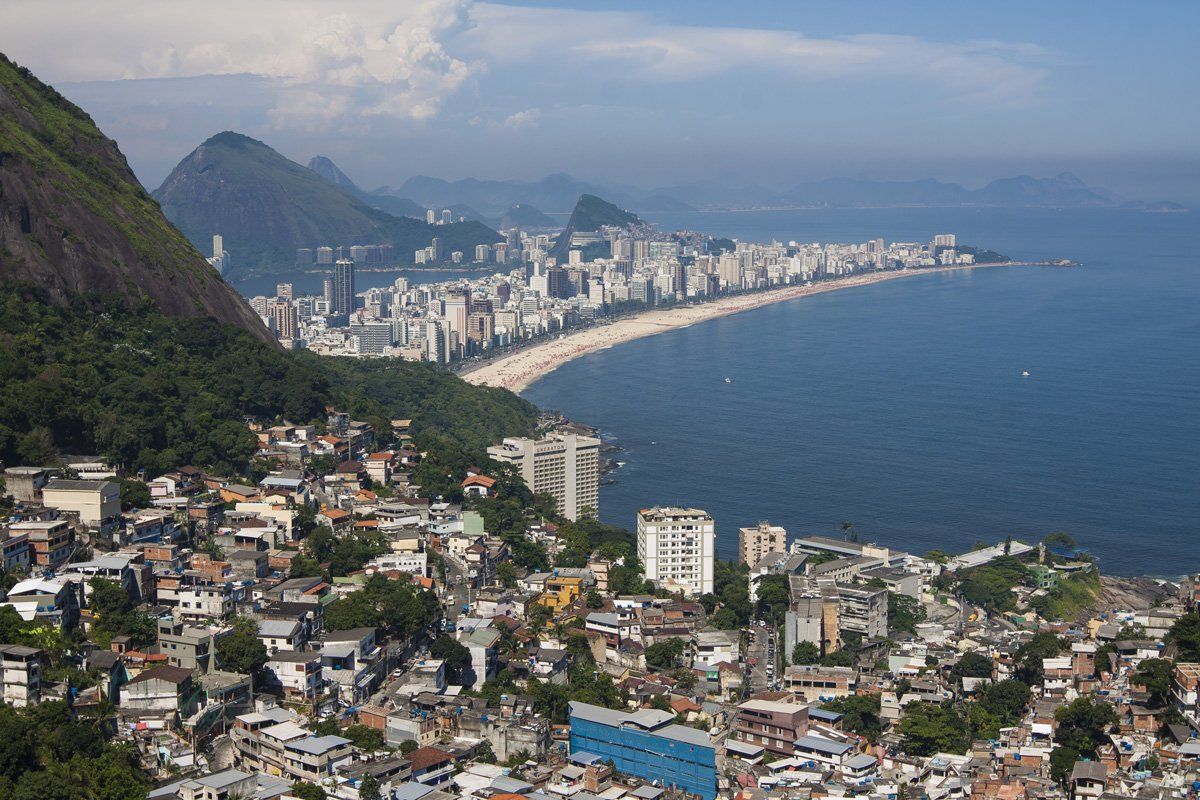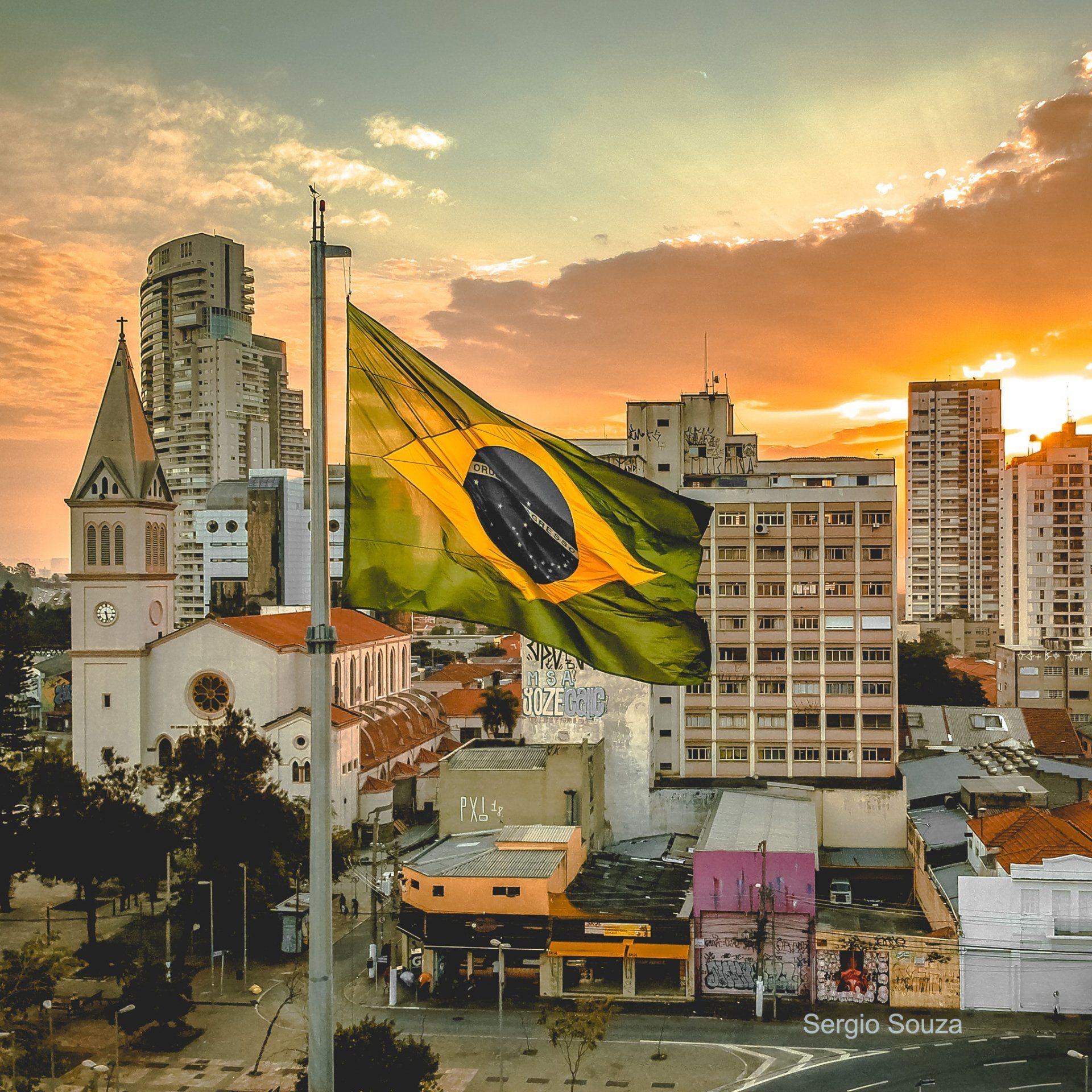Top 5 tips for filming in Rio de Janeiro
01
Avoid Carnaval
“The year only starts after Carnaval” is a common refrain in Brazil. Whilst the nationwide celebration and its warm-up, which gets going in January, is an excuse for free-spirited revelry, it slows the cogs of bureacracy across the country. Many Brazilians take extended holidays throughout and getting anything organised can be a challenge. This is something we warn our foreign clients who plan to shoot in Brazil during January and February. Especially so in the cities where Carnaval all but brings the city to a standstill, namely Rio de Janeiro, São Paulo, Salvador and Recife.
Forward planning, patience and persistence all go some way to mitigating the headaches of organising access, arranging interviewees and getting permission to shoot. And when Carnaval is precisely what our clients want to film, we get preproduction under way well in advance, as access and permissions take longer, and the high profile foliões (party goers, samba dancers and musicians) tend to have their diaries full for the duration.
Filming in blocos
(roving street parties) can be easier, as it’s a free-for-all and everyone is welcome; the biggest blocos can gather crowds of over a million people. But navigating a sea of drunk people covered in body paint and glitter with heavy camera equipment is not conducive to capturing the best footage. The secret again comes down to planning, knowing the route the party will take, planning the best vantage points in advance, and keeping the cameras rolling as the perfect images come and go in the blink of an eye. Read about a Story Productions shoot during Rio Carnaval.
02 Use local contacts
Brazilians are social animals. Networking goes a long way to opening the right doors and accessing the right people, especially in Rio de Janeiro where social circles tend to be tight and having personal contacts is fundamental in professional spheres.
“You have to make friends with people,” says Raquel, one of the Story Productions fixers in Rio de Janeiro. “It’s a weird thing but it’s the way things work here. You have to go to the venue before the shoot and you have to talk to people from that place because at some point you might need them to vouch for you, especially if you are filming with foreigners. If the person knows your face it makes it easier to get access or permissions.”
Using our local network of contacts informs all of our work for clients planning shoots in Rio, from booking interviews with politicians and top executives, to gleaning information from locals in investigative journalism cases.
03 Bridge cultural barriers
Building up a good rapport with people always delivers the best results on camera. That’s universal. But in Rio de Janeiro, where the locals especially love to talk, honing that skill goes way beyond just speaking the language. Directors and field producers have to be good listeners, put in the ground work to build up trust, and have a knack for keeping interviewees on point without being impatient.
“You can’t underestimate the cultural barriers,” Fuchs says. “We considered flying in a German camera operator for The World Cup, but it was so much better with a local. They had the initiative to step in at the right time, the sensitivity to avoid cultural clashes. They’ve worked abroad, they understand the European perspective, and are great translators of cultural bridges.”
04 Security and filming in favelas
Rio de Janeiro often makes the headlines for all the wrong reasons; the last four state governors are all in prison, and gang violence is rife. Security is a major factor therefore to consider for any production in Rio de Janeiro, and Story Productions’ crew always includes a security detail.
On the beach, even in large open spaces, as safe as a venue can seem it’s essential to always have a professional keeping a close eye on equipment, especially during holiday periods when there are more people on the streets. There are situations, however, when a security guard isn’t the best or only way of mitigating danger. Such as filming in favelas.
Getting approval from the favela residents, or the controlling drug gang if there is one, is an essential first step. “I go to the favela ahead of the shoot and find out the latest on organised crime in the favela,” explains Raquel, one of Story Productions’ Rio fixers. “If a gang is in control, I talk to the leader, or I talk to the police that negotiates with the gang, or I talk to someone who lives there who can mediate with the gang and take me to them so I can explain that the shoot isn’t going to expose them. On our last shoot, in Rocinha, we were with favela residents the whole day whilst shooting – that’s the best security you can have.”
05 Predicting the unpredictable









